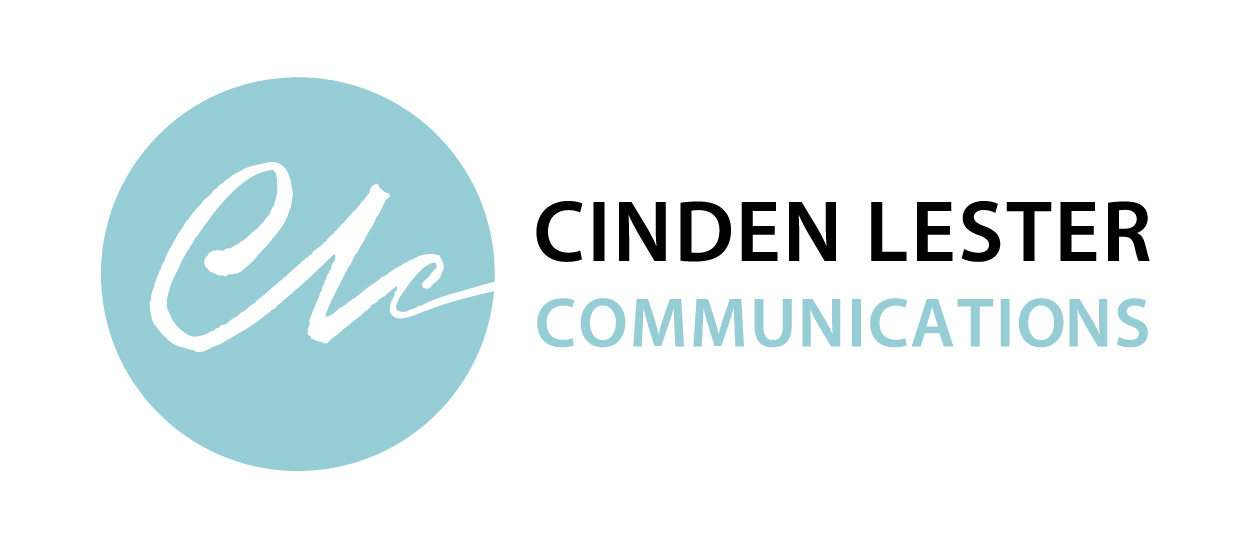 The only way to make sense out of change is to plunge into it, move with it, and join the dance.
The only way to make sense out of change is to plunge into it, move with it, and join the dance.
So said philosopher, writer and speaker, Alan Watts (1915–1973).
In organisations experiencing change – and there’s a lot around at the moment – it’s essential to have effective change communications if you want people ‘join the dance’.
That’s all very well but sometimes the pace and scope of change make us feel like we’re facing the same challenges as Ginger Rogers: doing the dance backwards, in high heels and a skirt.
So here are 11 tips to help you effectively communicate about change.
1. Understand your audience and what they need to know. They will want to know why the change is necessary, what it means for the organisation and, most importantly, what it means for them: how it will affect their daily work, what they need to do about it, and what it means for their job security in the longer term.
2. Plan your activities. Align your communications activities and messages with the key phases of the change process, so everyone has the information they need in advance of milestones and can participate properly in the process.
3. Use the communications methods that work best for your audience. How do they want to receive information? If you’re not sure, ask them. The answers are unlikely to surprise you. Most people want to hear about change face-to-face. All-staff meetings, work group Q&A sessions, regular email updates, and intranet content such as FAQs and online video broadcasts are also often part of the expected mix.
4. Decide on your spokespeople. The main people speaking about the change must be trusted, credible and influential within the organisation. Experience and research shows that most people want to hear directly from their own manager (about how the change will directly affect them) and from their CEO (about why change is needed and what it means for the organisation’s direction and vision).
5. Prepare your spokespeople. Managers need to be fully briefed and have accurate and up-to-date information so they can lead open and honest discussions with their staff about what is changing and what it means for the team. A series of managers’ briefing kits with key messages/talking points, conversation starters and FAQs can be valuable tools to help managers have these conversations with their staff.
6. Communicate often and openly. Start communicating as early as possible in the process, and keep it up with frequent communications. Be honest and transparent. Information vacuums are quickly filled with speculation and rumour. If you can’t provide all the answers because some things are still being worked out, say so.
7. Distinguish change information from other communications. Whether it’s an all-staff presentation, email update or Q&A session, clearly and consistently ‘branding’ your change communications means people can immediately recognise it among the broad range of other information they receive.
8. If you ask for feedback, listen and respond. Giving staff avenues to raise their concerns and questions is great, but it’s equally important to respond to them. Make sure whoever is responsible for monitoring questions can provide informed and timely responses.
9. Align messages from HR, change and communications teams. Make sure information from these teams is consistent and clear. Inconsistencies can undermine people’s confidence in the communication they receive and destabilise the process.
10. Align your internal and external messages. Treat all messaging as potentially public. Make sure, as far as you can, that any external or public information is in line with what you are communicating to staff and, ideally, tell staff first.
11. Measure how you are going. If possible, survey staff to benchmark where you are at the start of the process and measure the effectiveness of your communications along the way, so you can adjust your activities and messaging as needed to be most effective.
Ready to slip on your dancing shoes?
Do you need help communicating change? Contact Cinden for help with your next project.
| Cinden Lester has more than 25 years’ experience as a professional writer, editor and communications strategist. She worked as a broadcast journalist, in private sector marketing and public relations, and in government communications before establishing her own Canberra-based communications consultancy. |
